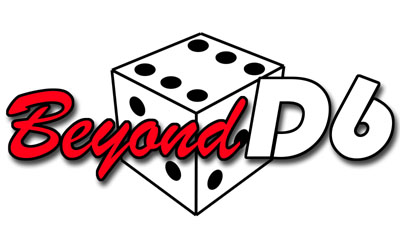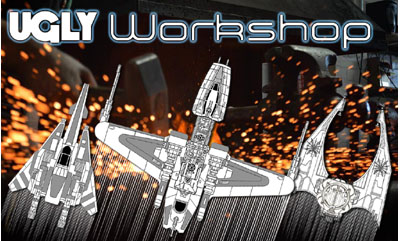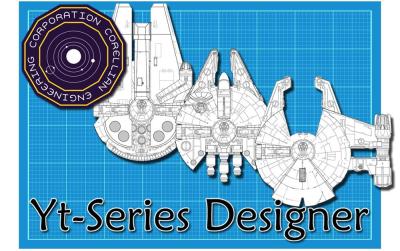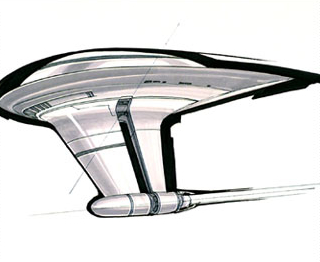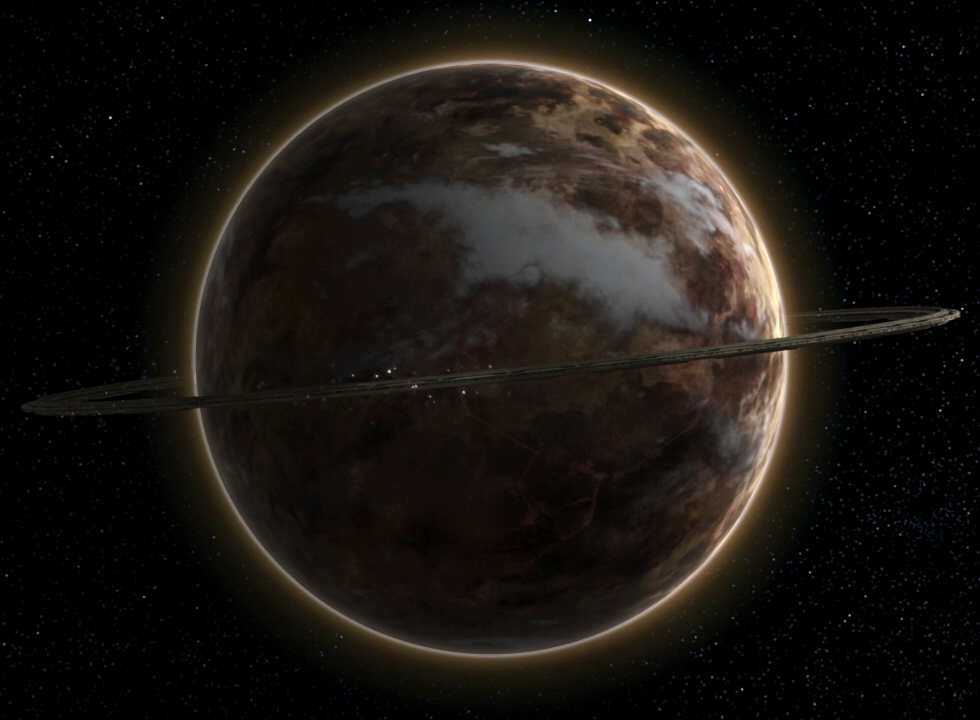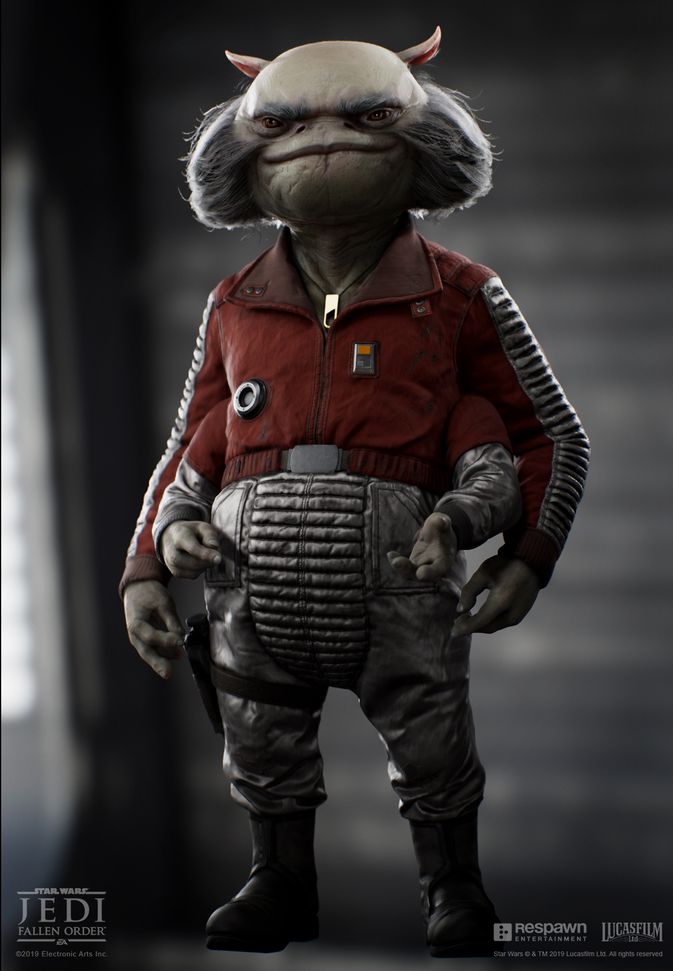| Site Stats: |
|
9975 Stats in 31 Categories |
| Search Stats: | |
|
| Latest Youtube Video: |
| Social Media: |
| Other Pages within RPGGamer.org: | |||
| Section of Site: | Belongs to Faction: | Subtype: | Era: | Canon: |

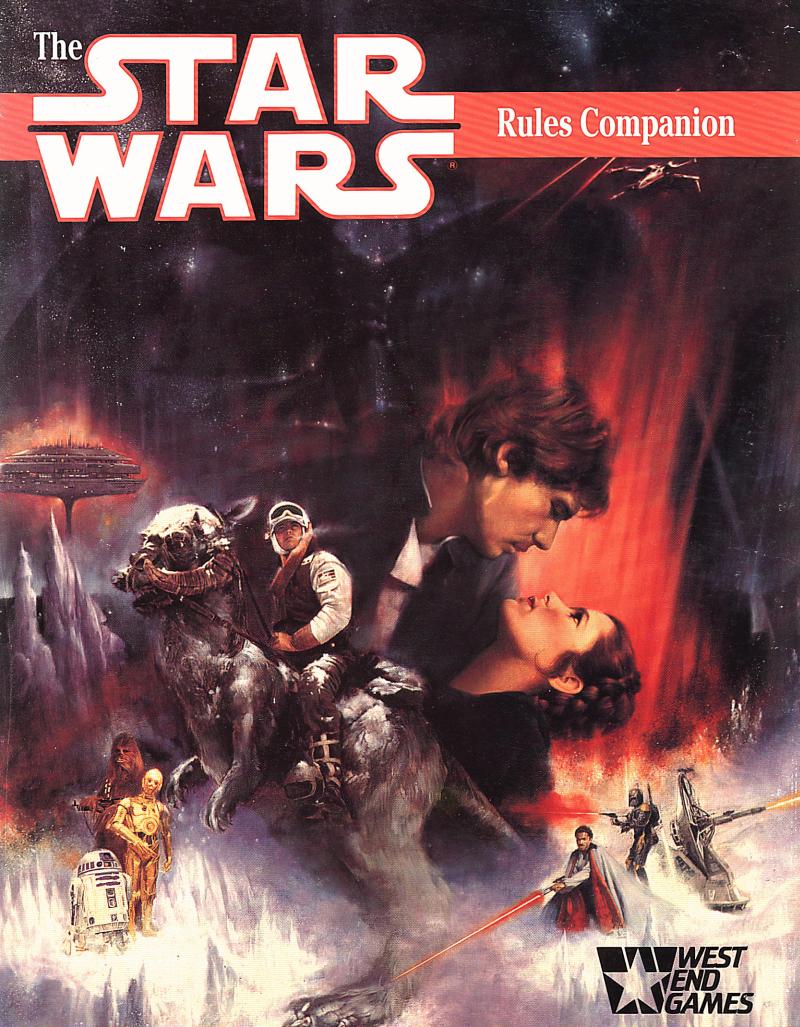 Extended D6 RulesHealing Characters can heal in a variety of ways, but the three most common methods of healing are natural healing, medpacs, and bacta tanks (also known as rejuvenation tanks). Natural Healing A character can heal naturally, but this process is both slower and much riskie than bacta healing. The character must rest a specified amount of time and then can make a healing roll: roll the character's full Strength to see if the character heals. Healing characters can do virtually nothing but rest. A character who tries to work, exercise, or adventure must subtract -1D from his Strength when he makes a healing roll. Any character who opts to take it easy and do virtually nothing for twice the necessary time may add +1D to his Strength roll to heal. A wounded character must rest for three standard days before rolling to heal.
A character who is wounded twice must rest for three days before rolling to heal.
Incapacitated characters must rest for two weeks before making a healing roll.
Mortally wounded characters must rest for one month (35 standard days) before making a healing roll.
Medpacs A standard medpac contains a combination of healing medicines, syntheflesh, coagulants, body chemistry boosters, adrenaline drugs, and computer diagnostic hardware to treat seriously injured individuals. Medpacs are very common around the galaxy and can be found aboard most starships, in most buildings and homes...and anyone who thinks he might get into a battle is advised to carry a couple, too. A first aid (or Technical) roll is needed to use a medpac. The difficulty depends upon the severity of the patient's injury.
If the first aid roll is successful, the patient heals one level: stunned and wounded characters are fully healed; unconscious characters are revived; wounded twice characters improve to wounded; incapacitated characters improve to wounded twice; mortally wounded characters improve to incapacitated. If the first aid roll is unsuccessful, the character's condition remains the same. If the first aid roll misses the difficulty by more than 10 points, the medpac has pushed the injured character's bod to its limit, and no more medpacs can be used on him fora full standard day. Multiple medpacs can be used on a character within a single day, but increase the difficulty one level for each additional use. A medpac is fully expended when it's used - someone who expects to heal several people must carry multiple medpacs. A character can use a medpac on himself, but he suffers an extra -1D penalty (in addition to any other penalties, such as being injured). Bacta Tanks Bacta is a specially formulated treatment liquid which promotes rapid healing and acts as a disinfectant. The attending physician can use the bacta tank's computers to add skin-contact medicines to the bacta fluid, inject medicines into the patient's bloodstream, or dispense medicines orally. Characters must have the Medicine skill to use a bacta tank. On most planets, only licensed doctors can administer bacta treatments. A Very Easy medicine skill is necessary to use a bacta tank - regardless of the wound level. If the roll is made, the character will heal - it's just a matter of time. A character attempting to use a bacta tank without the medicine skill must make a Heroic first aid or Technical roll. If the roll fails, the patient's injury worsens two levels. The character's healing time depends on the severity of the injuries.
Movement Every character has a Movement, this is the number of meters they can move each turn, as do vehicles. However, you can also choose to move at various speeds. While your character can only move once per round, you can pick one of four speeds. Cautious Movement This is a slow walk for a character: she moves at half her Move. (A Human with a Move of 10 would move five meters.) In Very Easy, Easy, and Moderate terrains, cautious movement is a "free action": it's not considered an action and the character doesn't have to roll her running skill. In Difficult, Very Difficult, and Heroic terrains, roll the character's running skill, but reduce the difficulty one level. (Very Difficult terrain is Difficult to cross; Moderate terrain is Easy to cross.) Example: Rhen, the brash pilot, has a Dexterity of 3D (she hasn't improved her running skill); her blaster is 4D and her Move is 10. She's moving at cautious speed across a dried up stream bed (Easy terrain). Because she's moving so carefully, she doesn't even have to roll - she automatically moves the five meters. If she were shooting her blaster, she'd get to roll her full Blaster of 4D because her movement is a "free action." Later, Rhen comes upon a raging river. She wants to cross it by moving from rock to rock - it's Very Difficult terrain. Since she decides to move at cautious speed, the terrain is considered one difficulty level easier: it's only Difficult (the game master picks a difficulty number of 17). Rhen's Dexterity roll is 17 - she barely skirts across the rocks, moving five meters. Cruising Movement Cruising movement is walking speed for a character - she moves at her Move speed. (A human with a Move of 10 would move up to 10 meters.) Moving at cruising speed counts as an action, but the character can automatically make the move for Very Easy, Easy and Moderate terrains. A character must roll her running skill for Difficult, Very Difficult and Heroic terrains. Example: Rhen is walking (cruising speed) across Moderate terrain while sighting her blaster on a wild animal that's charging to attack her (her blaster is 4D). She can automatically walk 10 meters without making a Dexterity roll, but it's an action. Firing her blaster is a second action (-1D penalty), so she only rolls 3D to hit the charging animal. Later, Rhen is trying to walk up a steep hill (Difficult terrain; number 16). She rolls her Dexterity and gets a 16 - Rhen walks 10 meters up the slope. High Speed High speed movement is running for a character - she moves at twice her Move speed. (A human with a Move of 10 would move up to 20 meters.) The character must roll her running for Very Easy, Easy or Moderate terrain. When moving at high speed, Difficult, Very Difficult, and Heroic terrains increase one difficulty level: Difficult terrain becomes Very Difficult to cross, Very Difficult terrain becomes Heroic, Heroic terrain becomes Heroic+10. Example: Rhen is running across an open field (Easy terrain; number 8). She rolls her Dexterity and gets a 10 - she runs 20 meters across the field. Later, Rhen's trying to run across a very rocky, uneven field pitted with craters and subsidences - it's Difficult to cross. Because she's running at high speed, the terrain is considered Very Difficult (difficulty number 24). Rhen rolls her Dexterity and gets a 16 - not enough. To find out what happens, see Movement Failures. All-Out All-out movement is running at all-out speed for a character - she moves at four times her Move speed. (A human with a Move of 10 would move 40 meters.) Characters making "all-out" movement may not do anything else in the round, including dodge or parry. Increase the difficulty one level for Very Easy, Easy, and Moderate terrains. Increase the difficulty two levels for Difficult, Very Difficult, or Heroic terrains. Terrain Difficulties When a character moves, you must determine the terrain's difficulty and then pick a difficulty number.
Movement Failures A character who fails a movement roll may have to slow down or may even fall and risk injury. Find the number of points by which the movement roll failed:
Cover Characters are harder to hit when they've got cover: something that hides them from attackers. In some situations, such as thick smoke and fog, these modifiers may also be added to search or Perception difficulties to spot a hidden character. Add the cover modifier (or modifiers if more than one applies) to the difficulty to hit the target.
Characters may also hide behind objects - such as walls and parked speeders - which provide cover and protection (see Protection below). Add the cover modifier based on how much of the target is covered.
Protection Sturdy objects may provide protection. If the attacker rolled well enough to beat the basic difficulty, but not well enough to beat the added cover modifier, that means that the shot hit whatever the character was hiding behind. Roll the attack's damage against the protection's body strength.
If the damage roll is lower than the body strength roll, the protection is not damaged at all and the target suffers no damage. If the damage roll is equal to or greater than the protection's body strength roll, find the difference on the chart below to see how badly the protection is damaged.
A character behind protection may suffer some damage depending upon how badly his protection is damaged. Subtract dice from the attack's damage based on the chart below.
Example: Sandor's target ducks behind a couple of metal garbage bins and he's now 1/2 covered. That's an extra +2D to the difficulty to hit him. The target is still at medium range (Moderate difficulty, 13). The GM rolls 2D for the moonlit night (gets a 10) and another 2D for the garbage bins (gets a 7): Sandor's difficulty to hit is now 30. If Sandor rolls a 30 or higher, he hits his target directly and rolls full damage. If Sandor rolls a 22 or less, his shot misses completely. If he rolls between a 23 and a 29, that means his shot smashes into one of the garbage bins. He rolls a 26 - his shot hits the bins. The GM decides the bins aren't too tough - he gives them a body strength of 2D and rolls, getting a 7. Sandor rolls his blaster pistol's 5D damage and gets a 20: that's a difference of 13. The bins are severely damaged. That means that Sandor's blaster shot hits his target, but at -1D damage. Sandor rolls 4D damage against his target's Strength. Range All weapons have range categories listed in their description. Shooting at a target at point-blank range is a Very Easy task. Shooting at a target at short range is an Easy task. Shooting at a target at medium range is a Moderate task. Shooting at a target at long range is a Difficult task. Stun Damage Weapons set for stun roll damage normally, but treat any result more serious than "stunned" as unconscious for 2D minutes. (Unless specifically stated otherwise, all character-scale blasters can be set for stun damage.) Multiple Actions A character may take multiple actions in a round, for example shooting and dodging. However this has a penalty, for each extra action a character takes, they lose 1D from every skill roll they make this round (so if shooting and dodging, they would have a 1D penalty on Both their skill check to sheet and to dodge). Full Reaction A character may decide to spend the full round dodging attacks instead of doing anything else, This means their dodge adds to the usual difficulty for making the shot. So a character at medium range making a full dodge would get to add 11-15 to their dodge roll. Force Points Characters have a Force Point rating, these points can be spent to double the Characters skill rolls for one round. Force points spent are lost, however at the end of the adventure, the GamesMaster which of these Force Points were spend in a heroic fashion, and these are returned to the Character. Also any Force Points spent in a heroic fashion at a dramatically appropriate moment in the adventure (fighting the big bad guy for example), these are returned and doubled. Non force sensitive characters may only have a maximum of 5 Force Points, any above this are converted into Character Points at a rate of 5 character points for each Force Point, Character Points These are the Experience points of the D6 System. They can be spent to increase skills and attributes. However, in play Character Points may be spent to increase a dice roll by 1D, obviously spending experience in this fashion is expensive, and is usually saved for resisting any damage which might kill the character. | ||||||||||||||||||||||||||||||||||||||||||||||||||||||||||||||||||||||||||||||||||||||||||||||||||||||||||||||||||||||||||||||||||||
Comments made about this Article!
| |||
| |||
| |||
| |||
| |||
| |||
| |||
| |||
| |||
| |||
Next Page
| Add your comment here! | |
Written by Freddy, based on the D6 Rules by West End Games
Image is the cover of the Star Wars 1st Edition Rules Companion by West End Games, copyright resides with them & LucasArts
Any complaints, writs for copyright abuse, etc should be addressed to the Webmaster FreddyB.



